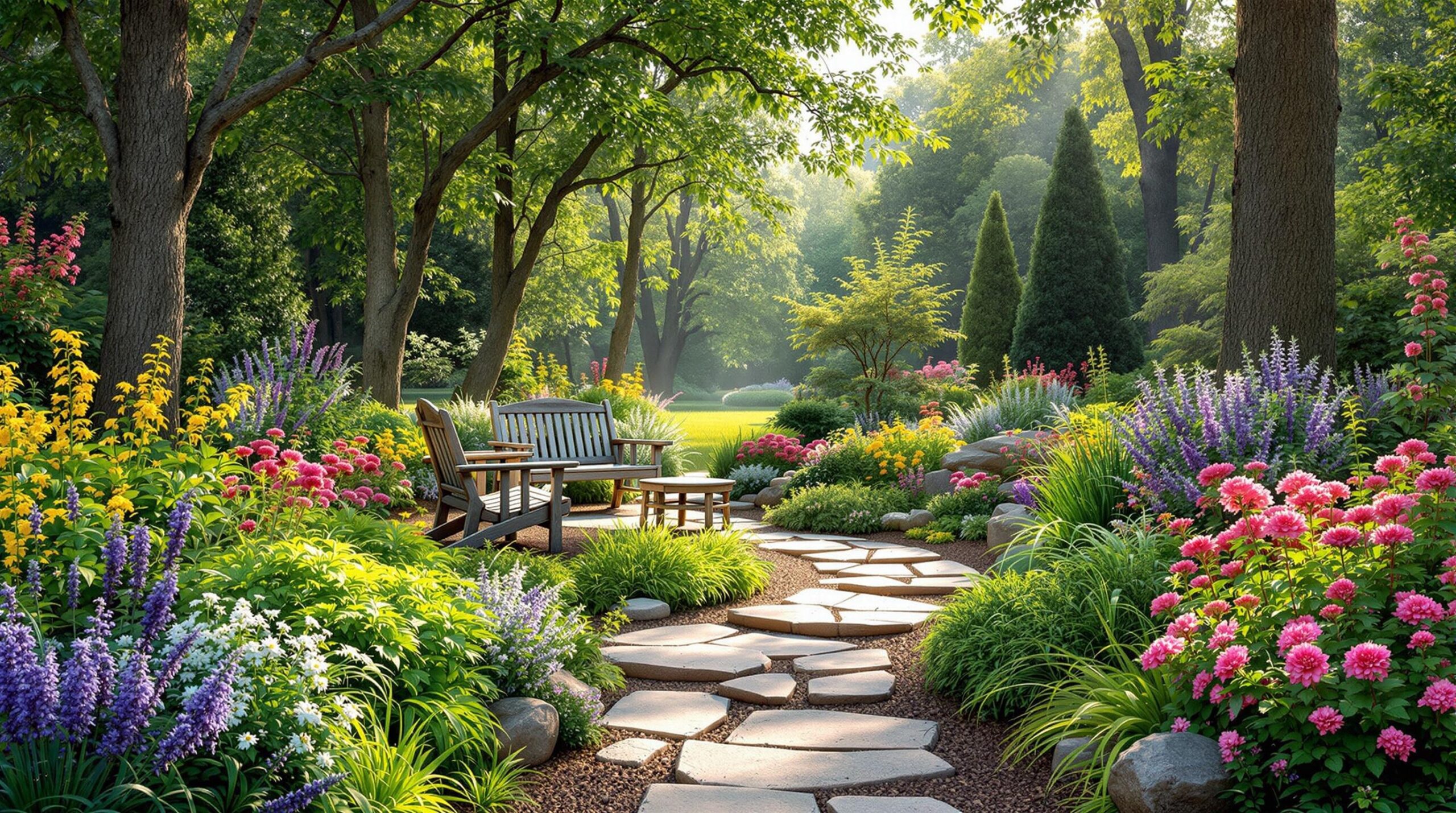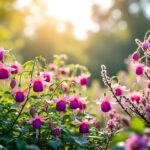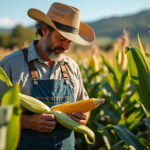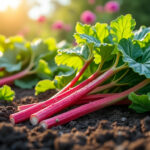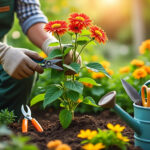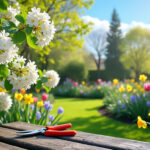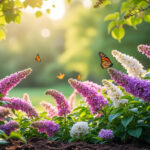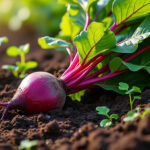Incorporating native plants into your garden design strategy is not merely a trend; it’s a conscious approach to cultivating a resilient and dynamic landscape that works harmoniously with the local ecosystem. By integrating indigenous flora, you create an environment that enhances biodiversity while also reducing maintenance efforts and resource consumption.
The significance of native plants in garden design
Native plants have developed naturally over thousands of years, adapting perfectly to their regional climates and ecosystems. Their deep-rooted systems not only support local wildlife but also offer a host of ecological benefits. By choosing to include these plants in your garden, you’re embracing a sustainable practice that requires minimal chemical fertilizers and reduces the need for excessive irrigation.
Assessing your garden’s environment
Before embarking on your garden design, it’s essential to assess your site’s specific conditions. Understanding soil types—be it sandy, loamy, or clayey—allows you to amend your planting strategy effectively. Moreover, take note of sunlight exposure and the presence of microclimates, which are crucial for determining the most suitable native species for your garden.
| Soil Type | Drainage | Best Native Plants |
|---|---|---|
| Sandy | Good | Agaves, Yucca |
| Loamy | Moderate | Wild Bergamot, Black-eyed Susan |
| Clayey | Poor | Swamp Milkweed, Blue Flag Iris |
Creative design strategies with native plants
Designing your garden with native plants involves creating dynamic groupings that mimic natural ecosystems. This method not only enhances visual harmony but also fosters sustainable wildlife habitats. Consider integrating these plants into existing garden features, like borders or rockeries, for a seamless transition between cultivated and wild spaces.
Water management techniques
To promote water conservation, consider implementing rain gardens that utilize moisture-loving native species to absorb excess runoff. Additionally, adopt xeriscaping principles by selecting drought-resistant plants, effectively minimizing your dependency on regular irrigation.
My Soil: The Essential App for Tailoring Your Garden to Your Soil Type
Fostering biodiversity
A garden rich with native plants creates a welcoming habitat for pollinators, including bees and butterflies. Planting nectar-producing flowers not only enhances beauty but encourages these beneficial insects to thrive. Moreover, establishing wildlife corridors by linking fragmented habitats through native plantings can enhance genetic diversity within animal populations.
Maintenance practices for a sustainable garden
To ensure a thriving ecosystem, adopt sustainable practices such as natural mulching and selective pruning. Regular vigilance against invasive species is crucial to maintaining the integrity of your native plant selections. This not only protects the local biodiversity but also ensures your garden remains a vibrant sanctuary.
Firescaping with native plants
In regions that face wildfire threats, incorporating fire-resistant native plants into your landscaping strategy—known as firescaping—can help protect your property while sustaining local biodiversity. The concept revolves around creating defensible spaces that strategically manage vegetation zones around your home.
| Zone | Distance from Property | Recommended Practices |
|---|---|---|
| Zone 1 | 0-5 feet | Non-combustible materials only |
| Zone 2 | 5-30 feet | Plant low-density, fire-resistant shrubs |
| Zone 3 | 30-100 feet | Manage fuel density, include moderate herbaceous plants |
| Zone 4 | 100+ feet | Maintain natural habitat for wildlife |
Collaborative community efforts in firescaping
Addressing wildfire risks is often most effective when communities work together. By sharing resources and strategies for landscaping, you can enhance fire prevention efforts collectively. Collaborating with neighbors on initiatives, including creating community fire prevention plans, is essential for enhancing safety and resilience.
Choosing the right native plants for fire resilience
When selecting plants for your garden, focus on species that are native to your region and have demonstrated fire resistance. Deciduous trees and moisture-rich groundcovers often exhibit greater resistance to flames, while native plants like sumac and yucca are known for their ability to rebound after fire damage. Resources such as the Native Plant Trust and Prairie Moon Nursery can provide valuable guidance in making informed choices.
| Plant Type | Fire Resistance | Benefits |
|---|---|---|
| Sumac | High | Rapid recovery post-fire |
| Yucca | Moderate | Thick, water-rich leaves |
| Catalina Cherry | High | Attractive foliage and berries |
Frequently asked questions
Q: What makes native plants important for overall garden health?
A: Native plants are adapted to local conditions and require less maintenance, which promotes ecological health and supports local wildlife.
Q: How can I create a fire-resistant garden?
A: Implement the zoning method for plant placement, utilize non-combustible landscaping materials, and select native plants known for their fire resistance.
Q: What are some resources for finding native plants?
A: Websites like the Native Plant Trust, Wild Ones, and American Meadows are great places to start your search for native species suited to your region.
Q: How often should I maintain my native plants?
A: Regular maintenance, including pruning and checking for invasive species, is key to ensuring the health of your native plants and the overall garden ecosystem.
Q: Can firescaping co-exist with aesthetic garden designs?
A: Absolutely! A well-planned firescaping approach can enhance the beauty of your garden while ensuring fire resilience.

